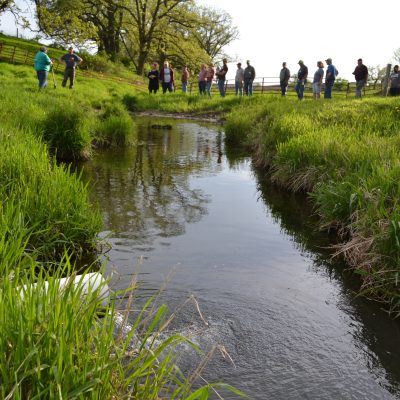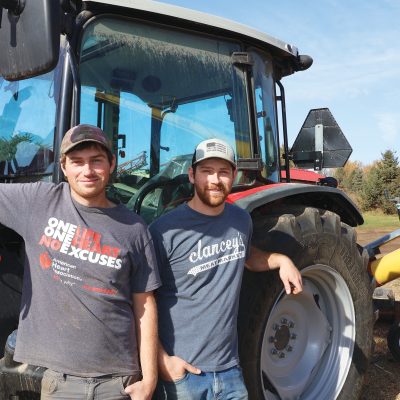Internationally Known Soil Health Expert Featured at Cover Crops Workshop Feb. 15 in Caledonia
CALEDONIA, Minn. — Building soil health and integrating cover crops on area farming operations is the focus of a Land Stewardship Project (LSP) workshop Wednesday, Feb. 15, at the Good Times Restaurant in Caledonia (118 Bissen Street). The keynote speaker is Dr. Kristine Nichols, chief scientist at the Rodale Institute and an internationally known soil… Read More →



